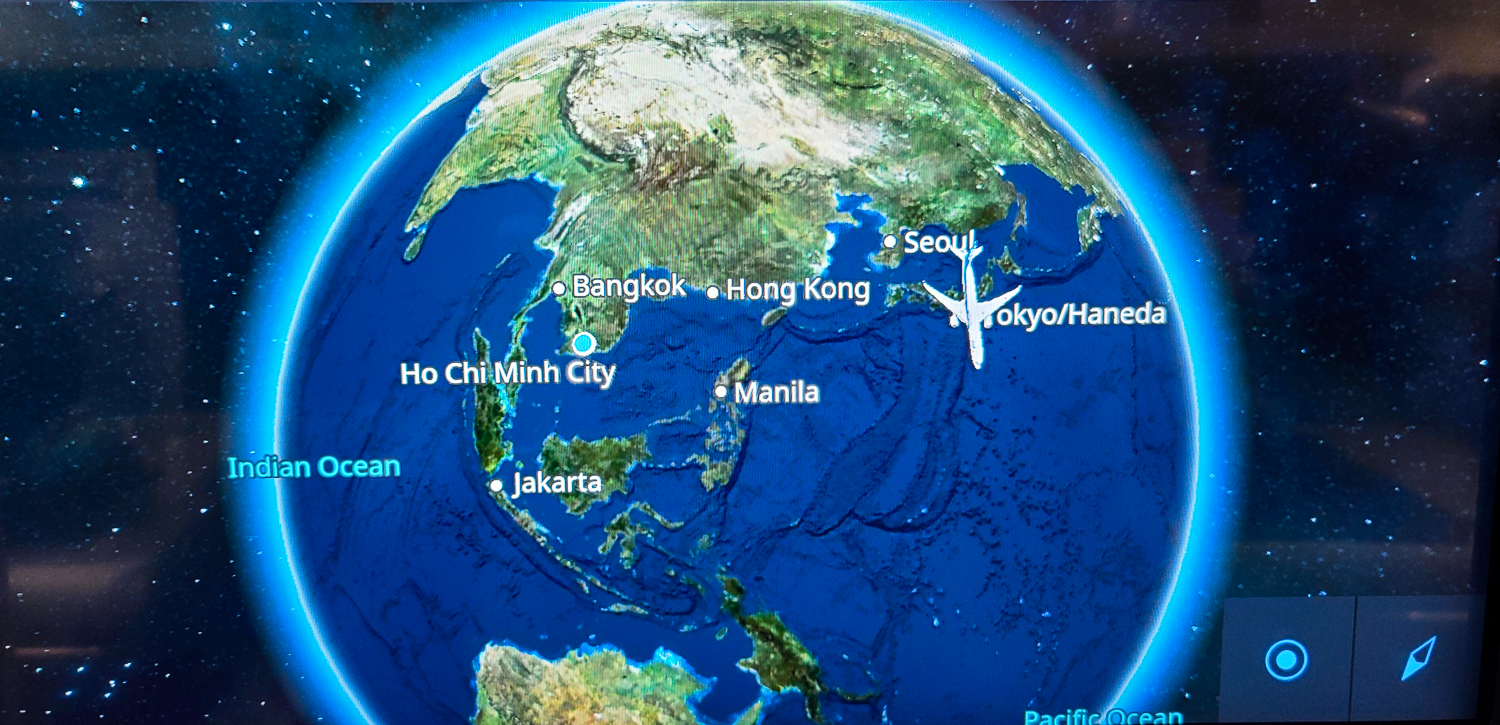
Home » DAY 11 – Fortress of Louisbourg National Historic Site
Home » DAY 11 – Fortress of Louisbourg National Historic Site
Today, we woke up to heavy rain and winds sweeping over Nova Scotia. Our first real stormy day. A bit chilly with the wind but we were determined to go on with our plans to visit the Fortress of Louisbourg, only 11 miles/17 kilometers from the Inn.
We had a very nice breakfast in the main eating area. We were some of the last ones in the Inn to have breakfast. There were several European (Dutch maybe?) and British tourists staying at the Inn. After breakfast, we chatted with the owner and he told us the story of the house and how it has been in this family since 1960. He comes from a fisherman family but he never got into it because he kept being sea sick on boats… so he became an innkeeper later in life.
We dressed as warm as we could to face the rain and the winds and drove to the Fortress of Louisbourg. We were among the first ones to arrive… quickly followed by a tour bus from the cruise ship we saw in Sydney the day before. Luckily the place is big enough that we had plenty of opportunities to take photos without anybody in them. The below photo on the right is the map of the Fortress site.
This historic site is fascinating and really well done. The Fortress of Louisbourg is part of Canada’s National Parks. It is the authentic reconstruction of the Fortress as it was between 1713 and 1758.
The Fortress was originally built between 1720 and 1740 and was a thriving cod fishing port town and trading center. It was named after Louis XIV. It was besieged by the British in 1745 and 1758 and dismantled by the British shortly after.
The reconstruction of the Fortress started in the 1960s and was built over 20 years with some of the original stonework and thousands of archives that the French government collected as part of various laws from the 18th century… already the French were very bureaucratic with their paperwork and procedures. Still part of the French culture today; can never have too much paperwork!
We took our time visiting many of the buildings – houses, storehouses, guardhouses, soldiers’ barracks, the Governor’s Apartments, etc. So much to discover. Some of the buildings houses special exhibits, for instance, the history of the reconstruction, the history of the Mi’kmaw, etc.
The woman in the below photo is making lace the old-fashioned way… it looks rather complicated. She told us it took her some time to learn how to make lace… I can’t even imagine doing this myself !!
What is really interesting is how the animators are not just guides but are dressed in authentic costumes and reenact life as it was back in time as soldiers, servants, etc. For instance, the woman knitting in the kitchen (in the below photo) acts as the servant working for the military officer who lived in this house with his family. She told us his story and of the people in the area. Very interesting and informative.
After visiting some of the homes, we braced the rain and the wind, and walked outside, discovering and taking photos. We had to be careful not to get our camera lenses wet… difficult to do and some photos are not usable due to rain spots. Even with photo correction tools, some of these spots are way too difficult to remove.
Main Street with the yellow arch in the middle; beyond the arch are the ramparts and the ocean
Click on the first photo to view each photo as a slide show
After being “slightly” drenched (at least me, since I didn’t bring a rain jacket and my umbrellas was completely useless due to the strong winds), we went back inside and discovered a well-stocked storehouse that belonged to a nobleman from France, De La Valliere.
Note to self: I will buy a sports rain jacket when I get home! I have a nice raincoat but for city use only.
We had lunch inside one of the reconstructed houses – called La Taverne Storehouse located inside the Hotel de la Marine (which was closed like several areas were closed for the season). We were given one spoon and a thick linen (see the below photo to the right) – like in the old days when the common people didn’t really use forks, although they did exist. The linen was thick and big… I suppose people used the same one for several meals over a long period of time… what, no paper napkins? Since it was a communal place where people shared tables, we engaged in conversations with an older couple and their adult son from Quebec. It was a pleasant lunch and the food was not great but good enough for lunch.
After lunch, the rain did stop (at least it was not constant but off and on, and then only a drizzle) – but not the wind – which allowed us to dry out a bit and take more pictures outside. We could see the whitecaps on the ocean due to the strong winds.
After a few photos from the ramparts, we headed to the very end of the site (North-East) toward the Dauphin Demi-Bastion and the Dauphin Gate. It was fun to explore as there were some tunnels, hidden doors, rooms that used to be sleeping areas, stables, etc. Not an easy life back then, for sure.
The Postern Tunnel goes under the rampart to the Dauphin Demi-Bastion where you can find the soldiers’ barracks and the powder magazine rooms as well as other storage areas for weapons.
The below photos are taken from the inside of the Dauphin Demi-Bastion
The above two photos are inside the soldier’s barracks – not very enticing to sleep and eat there
Watch the slideshow below of three photographs of the cannons on the rampart (click on the arrows to navigate)
Next, we headed to the King’s Bastion area – a large building and courtyard surrounded by ramparts – located on the North side of the site. The governor’s apartments and the military chapel are located there as well as various types of jail cells. The rain started once more and it was really pouring down!
We visited the Governor’s Apartments which reminded us of what you would find in the castles in France. The governors represented the King and lived lavishly. The apartments were reconstructed based on the long detailed inventory made of the estate after his death – a requirement of the French government. Of course, we took quite a few photos.
Watch the slideshow below of selected photographs of the storm over the rocky shores at the Louisbourg Lighthouse
(click on the arrows to navigate)
We went back to the room to relax, have a snack and download our photos. Our dinner reservation was at the same restaurant as yesterday. The people there were very nice and we chit-chatted with the owner and the waitress. The main topic of discussion was the upcoming Hurricane Fiona that was on its way right toward Nova Scotia.
The day before we received a warning message from the ferry company that it was possible that the ferry be delayed or even cancelled. We didn’t change our plans yet and we decided to continue on our planned journey to stay in Truro for one night and then drive down to Yarmouth to take the ferry to Bar Harbour in Maine.
At the end of the day, the rain stopped – and even the wind!

© 2022 Voyage bien. All Rights Reserved
Website development – Profit Web Ideas